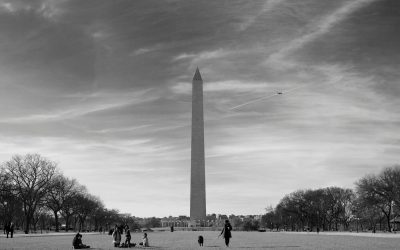Overview of the US patent infringement process
The U.S. patent infringement process is the central mechanism for enforcing patent rights in the United States. While the fundamental issues of patent infringement—such as literal or equivalent use—are also relevant in other jurisdictions, the U.S. system presents some peculiarities.
The definition of patent infringement under US law
In the USA, a distinction is made between two main forms of patent infringement:
-
Direct infringement: According to 35 USC § 271(a), direct infringement occurs when someone makes, uses, sells, offers to sell, or imports the patented invention without the consent of the patent owner.
-
Indirect injury: This includes in particular induced injury and contributive (indirect) injury.
-
In induced infringement (35 USC § 271(b)), the defendant intentionally encourages or assists an infringement by a third party.
-
Contributive infringement (35 USC § 271(c)) concerns the supply of components specifically designed for the patented invention and having no other substantial use.
A crucial point in US patent infringement law is the concept of equivalent infringement. The "Doctrine of Equivalents" makes it possible to establish patent infringement even if the challenged embodiment does not literally fulfill all features of the patent claim, but essentially achieves the same function in the same way with the same result.
Infringement and validity
Under US law, the plaintiff bears the burden of proof of patent infringement. The so-called "preponderance of evidence" standard applies. One possible defense for the defendant is to challenge the validity of the patent (an invalidity defense). This can be done in addition to or as an alternative to denying the actual patent infringement (a non-infringement defense).
Patents are presumed to be valid. Therefore, if the defendant claims invalidity, they must provide clear and convincing evidence that the patent in question is invalid. This burden of proof is stricter than the preponderance of evidence standard applicable to infringement.
In parallel with infringement proceedings, defendants may also resort to Inter Partes Review (IPR) or Post-Grant Review (PGR) before the USPTO to challenge the validity of the patent.
Process of a US patent infringement case
A patent infringement proceeding in the USA typically takes place in several phases:
1. Filing the lawsuit
The process begins with the filing of a lawsuit in federal court. Because patent law in the United States is governed at the federal level, federal courts have exclusive jurisdiction.
2. Discovery phase
The discovery phase is a core element of U.S. procedural law. Both parties have extensive opportunities to gather evidence, including:
• Document requests
• Interrogations of witnesses and experts (depositions)
• Expert reports
Discovery is particularly costly and time-consuming, but it allows for a comprehensive investigation of the facts of the case.
3. Markman Hearing (Claim Construction)
A special feature of the US system is the so-called Markman hearing. During this phase, the judge—not the jury—decides on the interpretation of the patent claims. The interpretation of the claims forms the basis for the subsequent determination of infringement or non-infringement.
4. Trial and judgment
In U.S. patent litigation, the case can be brought before a jury, which ultimately decides whether patent infringement has occurred and what damages are appropriate. In certain cases, the judge may also decide alone, particularly in purely legal matters.
Damages and legal consequences
US patent infringement litigation is notorious for its high damages. The patent owner is entitled to reasonable compensation from the infringer. This compensation must be at least equal to a reasonable royalty. Lost profits resulting from the patent infringement may also be recovered. What is considered "reasonable" is determined based on the customary practice in the respective industry and the patent owner's previous royalties.
If the infringer acted intentionally or knowingly, the court may increase the damages to three times the amount.
In exceptional cases, the court can force the infringer to stop further use of the patent or to withdraw infringing products from the market (so-called injunction). In most cases, however, the patent holder is awarded only damages.
Economic and strategic considerations
US patent infringement litigation is not only a legal process, but also a commercial one. The high costs and risks of the process—particularly due to the extensive discovery and potentially high damages—often lead to settlement negotiations. An early licensing agreement can be more beneficial for both parties than a protracted legal battle.
Furthermore, patent infringement proceedings play a central role in companies' competitive strategies. By consistently enforcing patent rights, companies can secure their market position and deter imitators.





